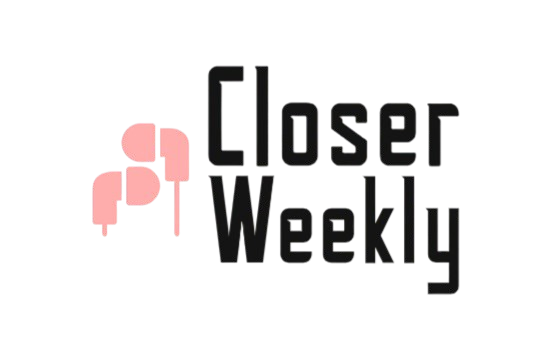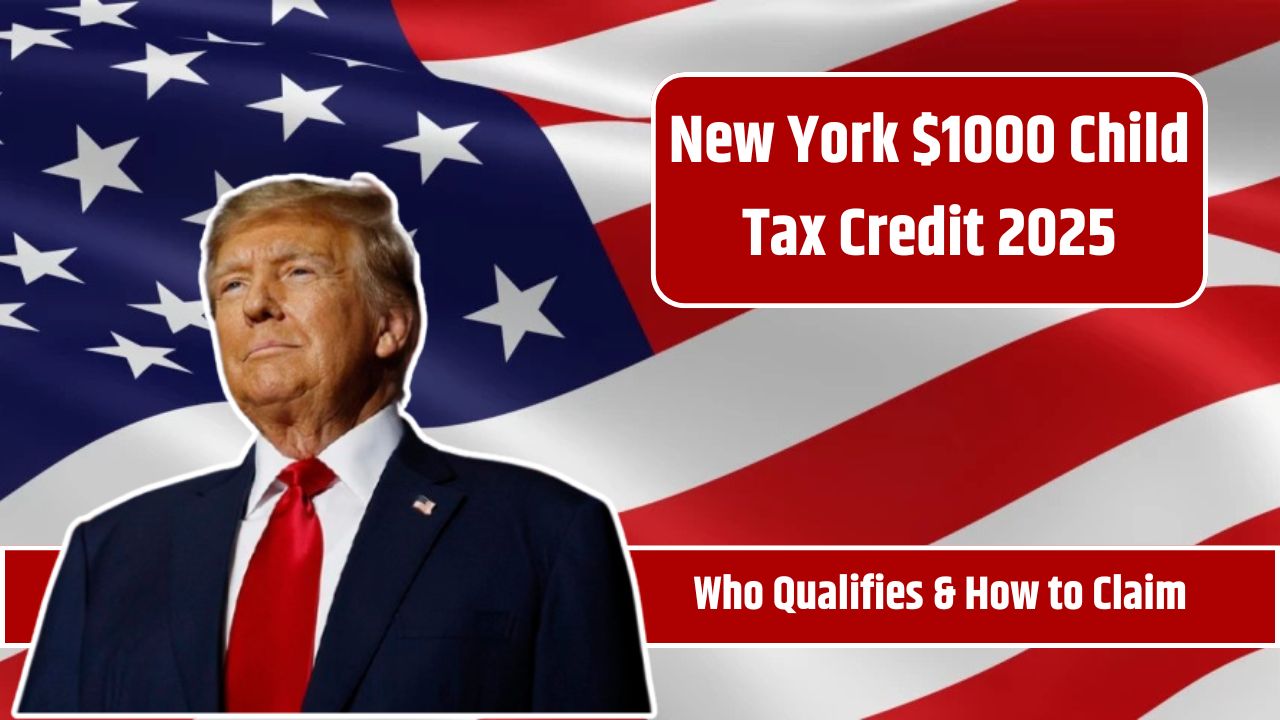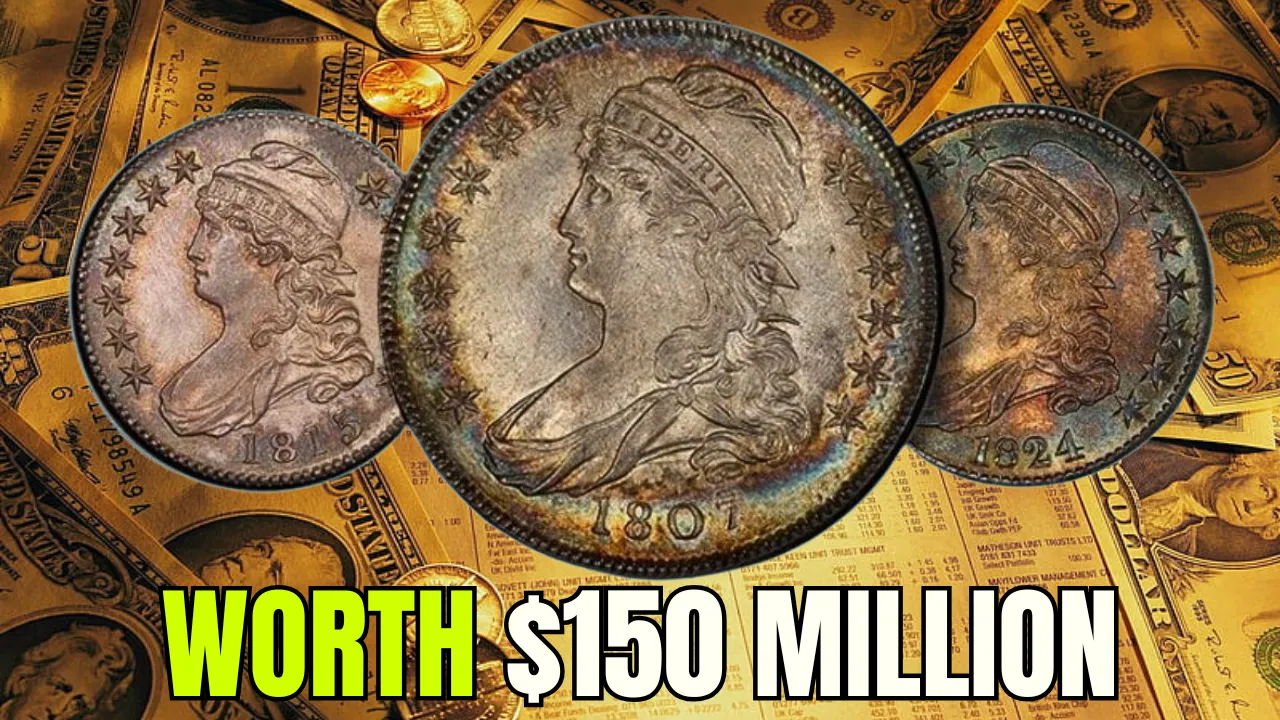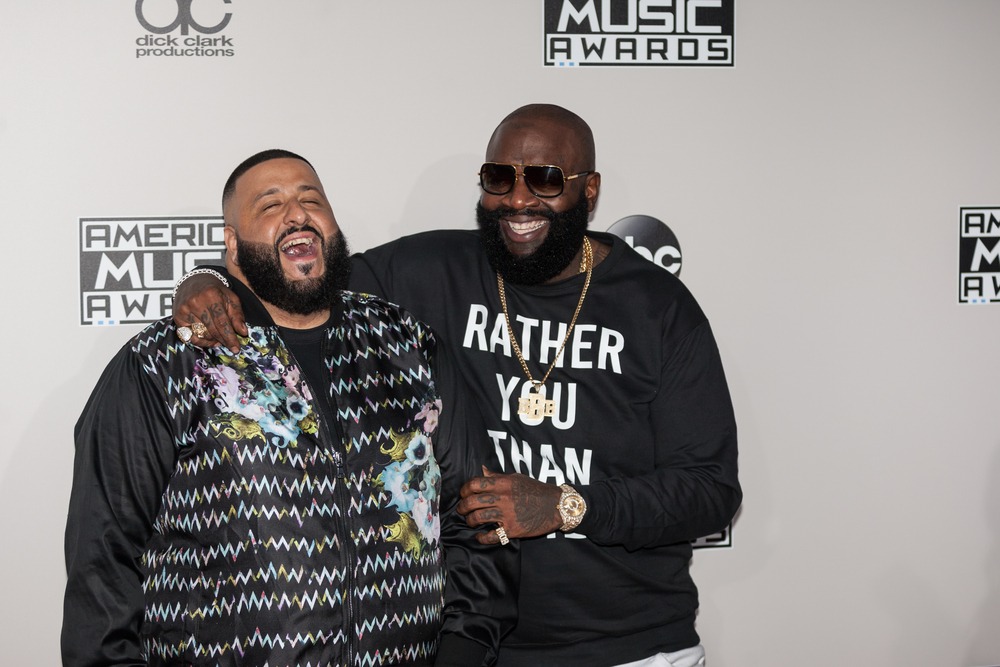The State Quarter Program (1999–2008) is one of the most exciting numismatic initiatives in U.S. history. Over the course of a decade, the United States Mint released quarters commemorating each of the 50 states, generating interest among collectors and casual coin enthusiasts alike. While most of these quarters remain worth their face value of 25 cents, a select few have become exceedingly rare due to unique minting errors. Some of these error quarters have reached astounding values, with estimates reaching as high as $150 million.
For those who appreciate the art of coin collecting, identifying these rare errors can turn an ordinary pocket change discovery into a small fortune. Below, we explore three of the rarest and most valuable state quarter errors that have captured the attention of collectors worldwide.
1. The Delaware “Spitting Horse” Quarter (1999)
The first quarter in the State Quarter Program was the Delaware quarter, released in 1999. It featured an image of Caesar Rodney on horseback, commemorating his historic midnight ride in 1776 to cast a crucial vote for American independence. However, a fascinating minting error resulted in a distinctive and highly sought-after variation known as the “Spitting Horse” quarter.
What Is the Spitting Horse Error?
This error manifests as a thin raised line extending from the horse’s mouth, creating the illusion that the horse is spitting. This anomaly was caused by a die crack during the minting process, leaving a noticeable and unintended feature on some coins.
Why Is It Valuable?
The Delaware “Spitting Horse” error quarter has gained legendary status among collectors. While standard Delaware quarters remain worth only 25 cents, pristine-condition Spitting Horse quarters have been known to fetch staggering prices at auctions. Some collectors and numismatists estimate that the rarest and best-preserved examples could be worth as much as $150 million, although more typical specimens sell for hundreds or thousands of dollars.
2. The Wisconsin “Extra Leaf” Quarter (2004)
In 2004, the United States Mint released the Wisconsin state quarter, featuring a design showcasing a cow, a wheel of cheese, and a corn stalk. Among the millions of Wisconsin quarters struck, some were discovered to contain a minting error that added an extra leaf to the corn stalk. This mistake resulted in two distinct variations: the “High Extra Leaf” and the “Low Extra Leaf.”
The Two Types of Extra Leaf Errors
- High Extra Leaf: This variation features an additional leaf that appears higher up on the corn stalk.
- Low Extra Leaf: The extra leaf is positioned lower on the corn stalk.
Why Are These Coins Valuable?
Both variations are considered rare, and collectors eagerly seek them out. Depending on their condition and rarity, these error quarters have sold for thousands of dollars at auctions. In some instances, especially well-preserved specimens have commanded even higher prices due to their scarcity.
3. The Kansas “In God We Rust” Quarter (2005)
One of the most amusing and widely recognized state quarter errors is the 2005 Kansas quarter with the infamous “In God We Rust” mistake. This error resulted from a grease-filled die, causing part of the letter “T” in “Trust” to be obscured, leading to the phrase appearing as “In God We Rust.”
How Did This Error Happen?
During the minting process, grease or debris sometimes fills parts of the die, leading to missing or incomplete letters. In the case of the Kansas quarter, the filled die caused the “T” in “Trust” to be faint or entirely missing, creating the humorous phrase.
Why Is This Coin Valuable?
While the Kansas “In God We Rust” quarter is not as rare as the Delaware or Wisconsin error quarters, its popularity among collectors has driven up its value. Some well-preserved examples have sold for hundreds or even thousands of dollars.
How to Identify Valuable Quarters
If you suspect that you may have a valuable state quarter in your possession, consider the following factors:
1. Look for Minting Errors
- Search for anomalies such as missing letters, extra markings, or misplaced details.
- Examine quarters carefully under good lighting and magnification to spot potential errors.
2. Check the Coin’s Condition
- Coins in uncirculated or near-mint condition are significantly more valuable than worn-out or circulated ones.
- Consider sending your coin to a professional grading service, such as the Professional Coin Grading Service (PCGS) or Numismatic Guaranty Company (NGC), for an official assessment.
3. Research Rarity and Demand
- Low mintage numbers increase a coin’s rarity and value.
- Error coins with widely recognized mistakes are more desirable among collectors.
The Impact of Rare Quarters on Numismatics
The discovery of valuable error quarters has sparked immense interest in coin collecting. The allure of finding a rare coin worth thousands or even millions has inspired both seasoned numismatists and everyday individuals to examine their loose change more closely.
For those who are new to the hobby, state quarters provide an accessible and exciting entry point into the world of numismatics. Whether you collect for fun, investment, or historical appreciation, understanding minting errors and their significance can make the journey even more rewarding.
FAQs
What is the Delaware Spitting Horse Quarter?
The Delaware Spitting Horse quarter is a 1999 state quarter featuring a minting error that creates the appearance of a line extending from the horse’s mouth, making it look like it is spitting.
Why is the Wisconsin Extra Leaf Quarter valuable?
This quarter contains a minting error that results in an extra leaf appearing on the corn stalk. Due to its rarity and demand among collectors, these coins have sold for thousands of dollars.
How did the Kansas quarter get the ‘In God We Rust’ error?
A grease-filled die caused part of the letter “T” in “Trust” to be missing, resulting in the humorous phrase “In God We Rust.”
How can I check if my state quarter is valuable?
Look for minting errors, unique markings, and uncirculated condition. Consulting a professional coin grading service can also provide an accurate valuation.
Are all error quarters worth millions?
Not all error quarters reach astronomical values. While some rare, high-quality specimens can be worth thousands or even millions, many error quarters trade for smaller yet still valuable sums.
Conclusion
The world of rare state quarters is filled with surprises and hidden treasures. Whether it is a spitting horse, an extra leaf, or a missing letter, minor minting mistakes have transformed everyday pocket change into collector’s gold. If you ever come across one of these rare quarters, be sure to hold onto it—it could be worth a fortune!




